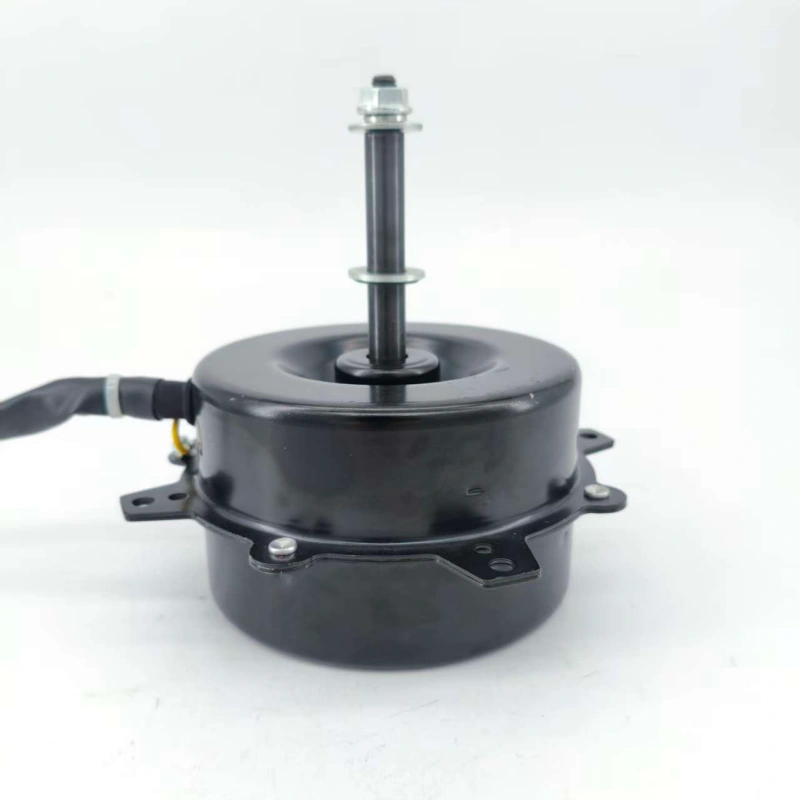I. Raising the Question
During hot and humid summers, many households choose to use water-cooled fans for cooling and heat relief. However, many users have found that in such environments, the cooling effect of water-cooled fans is significantly less effective than in dry environments; sometimes, the air blown out even feels hot. So, why does the cooling effect of water-cooled fans weaken in high-temperature and high-humidity environments? And how to solve this problem?
II. Answering the Question
(1) Reasons for the Reduced Cooling Effect of Water-Cooled Fans in High-Temperature and High-Humidity Environments
To understand this problem, we first need to grasp the cooling principle of water-cooled fans. Water-cooled fans mainly rely on the physical phenomenon of “evaporative heat absorption” to achieve cooling. They use an internal water pump to transport water from the water tank to the wet curtain. When the fan operates, air passes through the moist wet curtain, and the water on the wet curtain absorbs heat from the air and evaporates. This process lowers the temperature of the blown air, thereby achieving the cooling effect.
There are two main reasons for the weakened cooling effect in high-temperature and high-humidity environments. On one hand, high air humidity means the air already contains a large amount of water vapor, which drastically reduces the air’s “water-holding capacity”. As a result, the evaporation rate of water on the wet curtain slows down significantly. A slower evaporation process absorbs less heat, making it impossible to effectively lower the air temperature. On the other hand, a high-temperature environment itself increases the saturated water vapor pressure of the air, but high humidity causes the actual water vapor pressure to be close to the saturated water vapor pressure, further inhibiting water evaporation. For example, during the plum rain season in southern China, when the temperature exceeds 30°C and the humidity reaches over 80%, the air blown by water-cooled fans not only lacks a cool feeling but may even make people feel more stuffy due to the high water vapor content in the air.
(2) Solutions to Improve the Cooling Effect of Water-Cooled Fans in High-Temperature and High-Humidity Environments
To address the above issues, the cooling effect of water-cooled fans can be improved from the following aspects:
First, optimize the usage environment. Place the water-cooled fan in a well-ventilated location as much as possible, such as near a window or door. Air circulation helps speed up the discharge of humid indoor air, creating better conditions for the evaporation of water on the wet curtain. If the room is relatively airtight, you can use it together with an exhaust fan to accelerate the exchange of indoor and outdoor air and reduce indoor humidity.
Second, improve the water supply conditions of the water-cooled fan. Use cooler water, such as adding an appropriate amount of ice cubes or refrigerated water to the water tank. This can further lower the temperature of the wet curtain, and even in a high-humidity environment, it can still provide a certain cooling effect through low-temperature water. At the same time, regularly replace the water in the water tank to prevent water quality deterioration and bacterial growth, which could affect the usage effect and human health.
Third, properly adjust the usage mode and angle of the water-cooled fan. Some water-cooled fans have different modes such as “strong wind” and “sleep wind”. During periods of high temperature and high humidity, you can select the “strong wind” mode to accelerate the air flow rate and assist in water evaporation. Adjust the air outlet angle of the fan to avoid blowing directly at people; instead, let the air circulate indoors, which is more conducive to overall cooling. In addition, regularly cleaning the wet curtain is also important. After long-term use, dust and impurities will accumulate on the wet curtain, affecting air circulation and water evaporation. Cleaning it can effectively restore the cooling effect.




